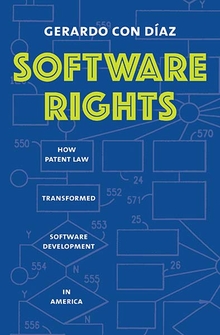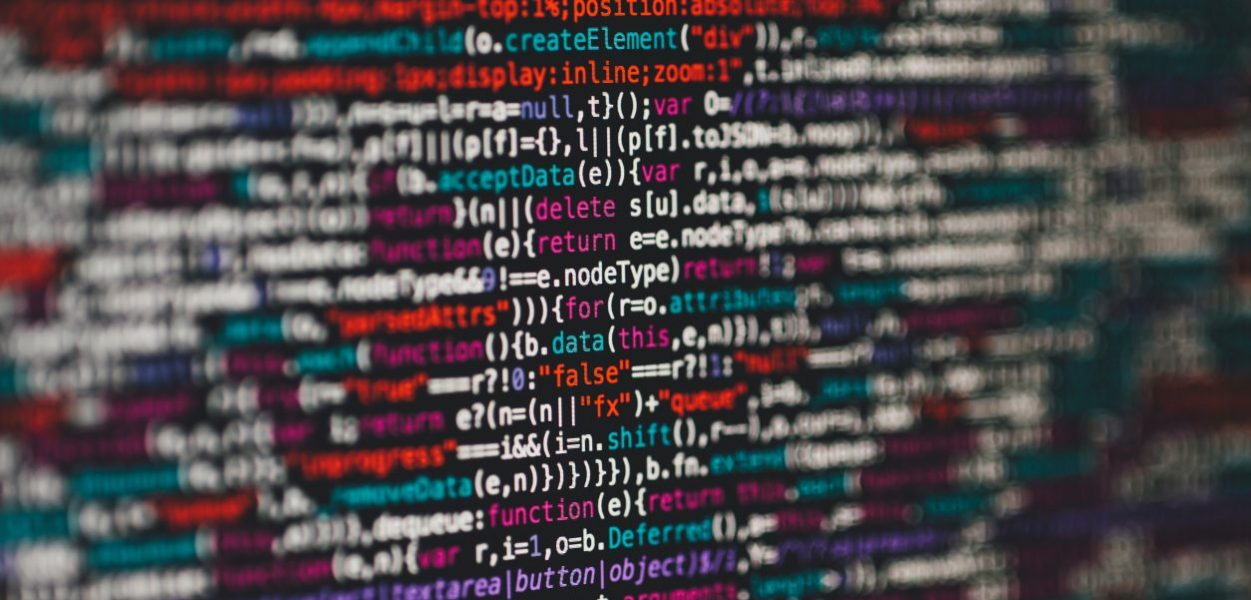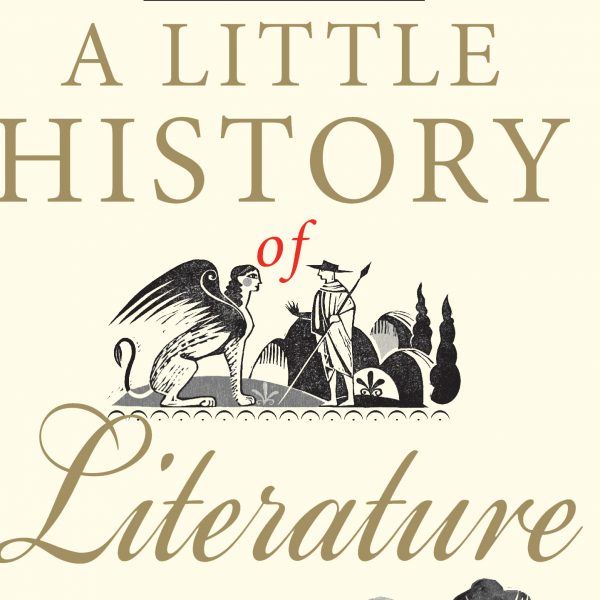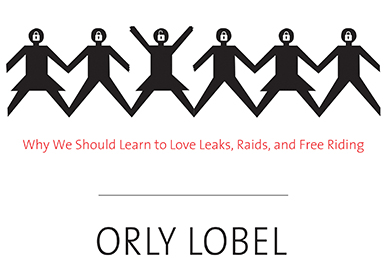Who Owns Software?
Gerardo Con Diaz—
When we own something, we can usually explain what that thing is. My car is an object that I recognize, and the blog posts I write are texts that I can identify rather quickly. It wouldn’t be difficult for me to tell whether someone took my car or copied the words I wrote. If I were ever to claim ownership of my car or post, I wouldn’t have to explain to other people what those things are, and it wouldn’t take much work to argue that they can be owned. But what would it take for me to own something if no one can agree on what that thing is? And what would I do if my livelihood depended on whether I am able to convince others that these things can (or can’t) be owned in the first place?
These are the questions that many software developers have had to deal with for decades. Since the 1950s, the nature and ownership of software have become some of the most difficult problems in intellectual property law. IP, as this field is usually known, governs the ownership of things like inventions, creative works, and commercial marks. Patents, for example, grant inventors the right to exclude others from making, selling, or using their invention for a few years. Copyrights also grant a right to exclude, though they protect the makers of creative works such as novels, photographs, or songs.
In the IP world, software is an incredibly slippery creation for two main reasons. First, there is the fundamental issue of the nature of software. Since the 1950s, when the U.S. patent system started to encounter software, one of the main struggles at the courts has been to agree on what software actually is. Early on, software developers—eager to secure as many protections as they could—argued that software is a machine and that it is as eligible for patent protections as a car. Their lawyers remembered the days when programming a computer amounted to rewiring it by hand. Opposite to them, hardware manufacturers, whose profits hinged on leasing or selling equipment, argued that software is a text akin to a musical composition or a poem and that it must be protected by copyrights, not patents. After all, the work of making software involved writing, even if the languages had names such as FORTRAN or COBOL instead of English or Spanish. At the same time, many academic programmers and federal bureaucrats thought of software as a collection of mathematical algorithms entirely outside of the scope of IP law, while employees at research and development departments of companies like AT&T and Mobil thought software was all of these things at once. This wealth of views about the nature of software reached the U.S. courts starting in the 1960s, and it soon became part of the unstable conceptual underpinnings on which software IP law stands today.
The second main issue is deciding whether software actually can and, more importantly, should be owned. By the start of the new millennium, disagreements over the nature of software had become entangled with national debates over the value and acceptable uses of IP law in American innovation. Firms of all sizes across several industries were securing patents as quickly as their research and development staffs could file them, and yet some companies appeared more interested in securing very broad patent rights and filing infringement suits than in producing any inventions. In this context, what software is became inseparable from the question of what it means to control it: Are software patents granting improper degrees of corporate control over the digital world? Are they standing in the way of our ability to interact with computers in the first place? Should software be free from IP protections altogether, and if so, what rights and responsibilities does this freedom grant us?
Ultimately, software has had a permanently unstable place in the U.S. IP system because no conception of its nature has satisfied all the people involved in its production, dissemination, and use. Nowadays, when software runs on everything from our satellites to our refrigerators, understanding what it means to own it has become more important than ever.
Gerardo Con Díaz is assistant professor of science and technology studies at the University of California, Davis, and the editor in chief of the IEEE Annals of the History of Computing.
Further Reading:



























